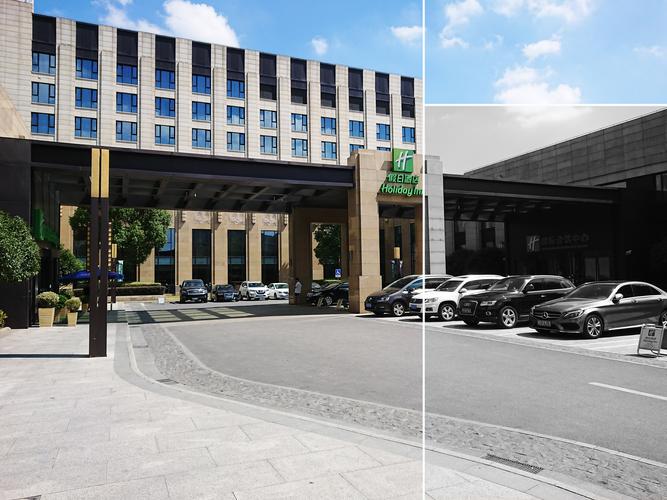核心地址信息
- 中文地址: 上海市闵行区华翔路XXX号 (XXX号 Huaxiang Road, Minhang District, Shanghai)
- 英文地址: Holiday Inn Shanghai Hongqiao, No. XXX Huaxiang Road, Minhang District, Shanghai, China
- 邮政编码: 201101
详细位置与交通
这家酒店位于上海虹桥商务区的核心地带,地理位置非常优越,尤其适合商旅出行和搭乘飞机的旅客。

(图片来源网络,侵删)
主要交通方式:
-
距离虹桥国际机场/虹桥火车站最近
- 直线距离: 约 2公里。
- 交通方式:
- 出租车/网约车: 是最便捷的方式,车程约 5-10分钟,费用通常在15-25元人民币之间。
- 地铁: 步行约10-15分钟可到达 地铁2号线、10号线“虹桥火车站” 或 “虹桥1号航站楼”站,从这里可以非常方便地换乘前往上海市区及全国各大城市。
-
驾车路线
- 从 G2京沪高速 或 S20外环高速 下匝道后,根据导航指示驶入 华翔路 即可轻松找到酒店。
- 酒店通常提供 收费停车服务。
-
公共交通
除了地铁,周边也有多条公交线路,可以方便地到达虹桥商圈、七宝古镇等周边地区。
 (图片来源网络,侵删)
(图片来源网络,侵删)
酒店简介
- 品牌: 洲际酒店集团 旗下 Holiday Inn (假日酒店)
- 定位: 中高端商务及度假酒店
- 特点:
- 地理位置优越: 紧邻虹桥交通枢纽,出行极其便利。
- 设施齐全: 拥有舒适的客房、中西餐厅、恒温游泳池、健身中心等完善的休闲和商务设施。
- 服务专业: 提供标准化的国际品牌酒店服务。
温馨提示
- 在使用导航App(如高德地图、百度地图)时,直接搜索 “上海大华虹桥假日酒店” 即可获取最准确的实时路线。
- 由于酒店靠近机场,部分客房可能会听到飞机起降的声音,如果您对此敏感,在预订时可以尝试向酒店申请远离跑道的房间。
- 酒店周边餐饮选择丰富,从高端餐厅到快餐小吃应有尽有,步行范围内即可满足不同需求。
希望这些信息能帮助到您!祝您入住愉快!

(图片来源网络,侵删)




